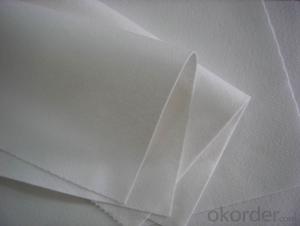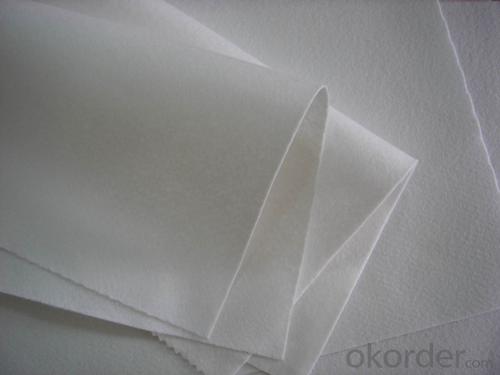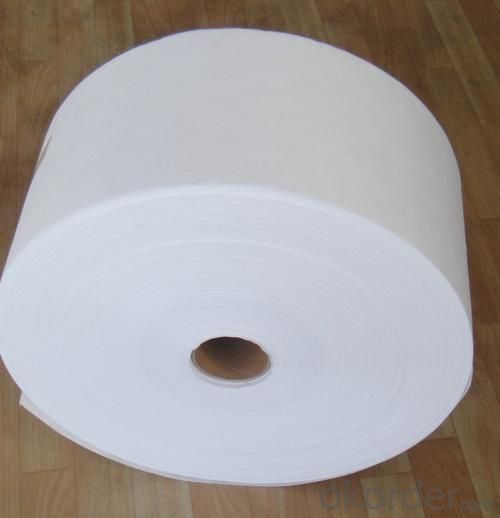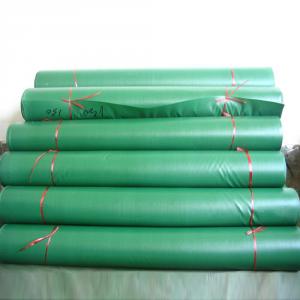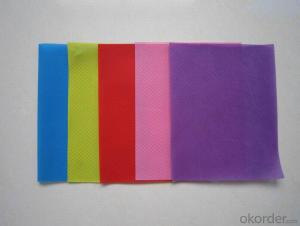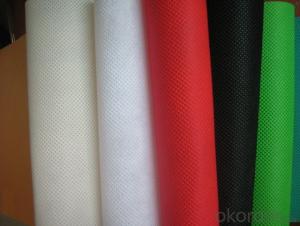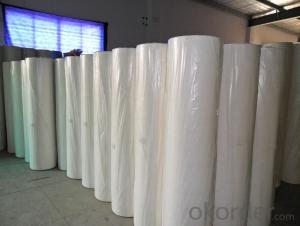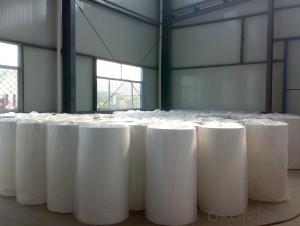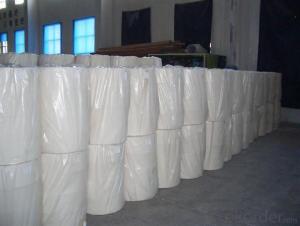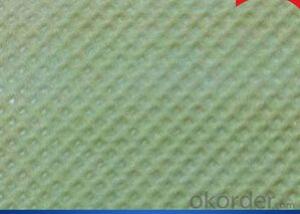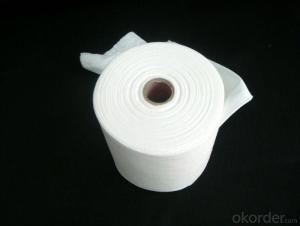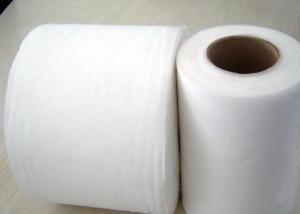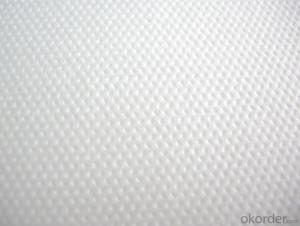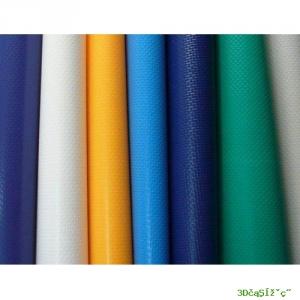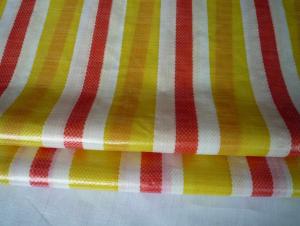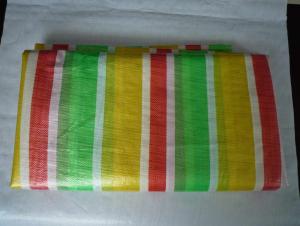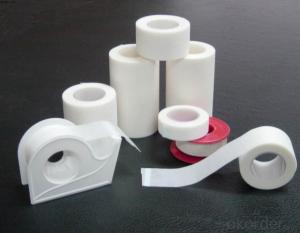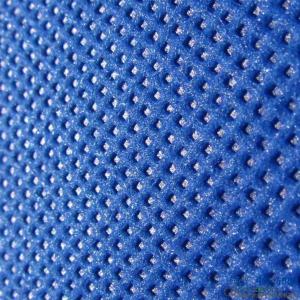Hot selling pp non woven fabric (TNT) with good price
- Loading Port:
- Shanghai
- Payment Terms:
- TT OR LC
- Min Order Qty:
- 1000 kg
- Supply Capability:
- 10000 kg/month
OKorder Service Pledge
OKorder Financial Service
You Might Also Like
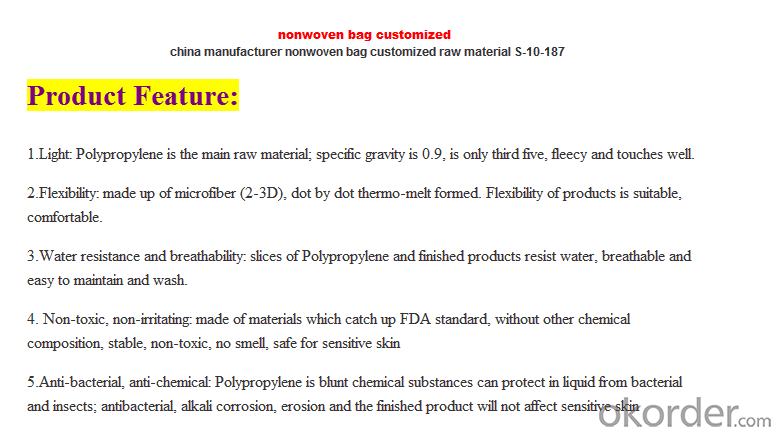
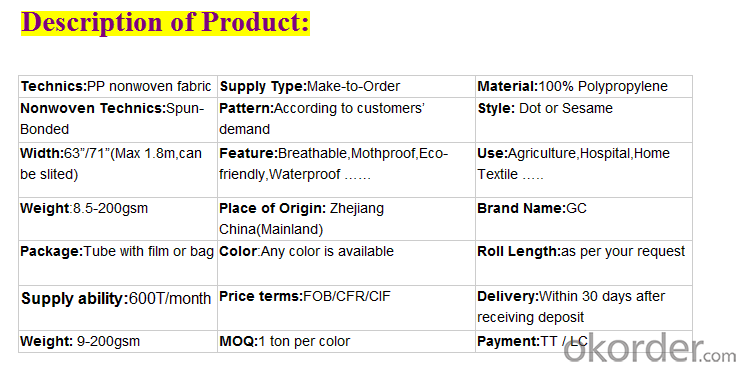

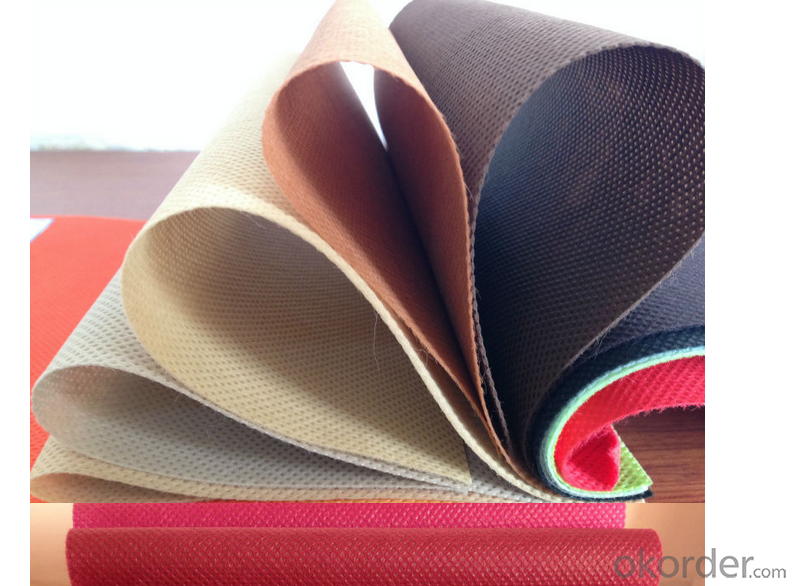

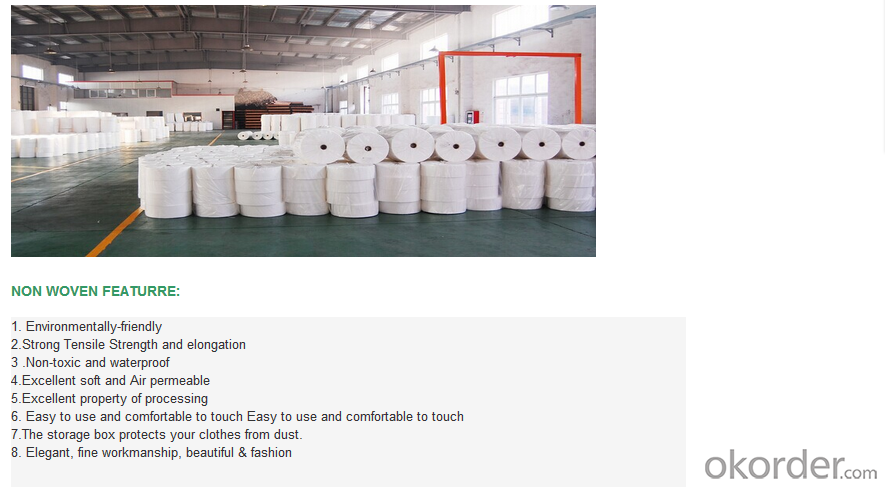
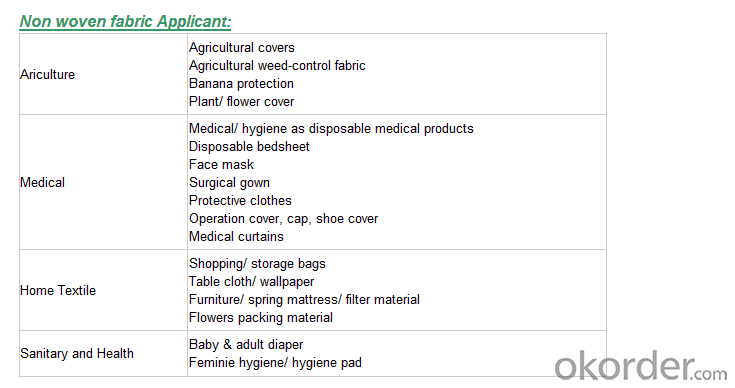
We are recognized as a reliable Manufacturer, Exporter and Supplier of Non Woven Fabric. We can provide Non Woven Fabric in any gram/m2 and any colour required by customer. Non Woven Fabrics are broadly defined as sheet or web structures bonded together by entangling fiber or filaments (and by perforating films) mechanically, thermally or chemically. PP Spun bonded Non woven Fabrics are produced using a precise extrusion-based technology. The polymer is stretched into a continuous filament and loosely spread onto a conveyor belt to form the web. Air is used to form and lay the fabric filaments. On the other hand, some non woven fabrics can be recycled after use, given the proper treatment and facilities.
Product Specifications
Weight: 10 - 150 gsm
Width: Max 1600 mm (can be slit)
Fabric Roll Length: As per buyer’s need ( 200 - 1200 Mtr)
Color: various colors available.
Procedure of production: Spun bonded Non Woven, Diamond design
Material: polypropylene
Minimum Order: 1000 Kg
Sample: sample free, freight collect
Product Application
Non woven fabric manufacturers usually manufacture the fabric in a roll form. It is then sent to various other industries where it has end applications, where is it cut and given different form depending upon the use. They can also be used in combination with different materials and offer a wide range of products.
Colored Non woven fabrics are use in many sectors and variety of applications, such as Health, Hygiene, Medical, Packaging, Agriculture, Furniture Upholstery, Geo Textiles, Leather Industry, Shoes and Garments. Customers come from the textile and automotive industries as well as many other sectors.
- Q: How can paint points be removed during textile processing?
- An organic solvent such as butyl acetate or amyl acetate can be tried.
- Q: What is the anti-perspiration finishing of textiles?
- Anti-perspiration finishing of textile and we often say that the perspiration fastness is completely different concept, the anti-perspiration finishing of textiles in the printing and dyeing plant on the side of the fabric side of the hydrophilic side of the waterproof processing, at the same time, the hydrophilic surface of the fabric after the hydrophilic , The corresponding waterproof surface can not see the watermark.
- Q: Antistatic fabrics of textile electrostatic materials
- Static electricity is serious, the static voltage up to several thousand volts, due to discharge sparks, causing a fire, causing serious consequences.
- Q: Cotton chemical fiber textile, hemp textile, wool textile, silk silk textile industry, the difference between the four
- From 2000 to this year, the national cotton acreage, yield and cotton market supply and demand relationship, the rapid development of China's cotton industry, from the cultivation of surface cross, production and enterprise scale have unprecedented unprecedented development, but also to the textile industry development into power, Promote China's textile industry into a new period of development, the international competitiveness increased significantly
- Q: Performance requirements for textile fibers
- The abrasion resistance of the fiber is closely related to the fastness of its textile products. The wear and tear of the pros and cons is the performance of clothing with fabric is an important indicator.
- Q: What is the textile technology profession now?
- Textile materials and experiments; introduction of textile fiber, yarn, fabric type, composition, structure and performance; testing of textile properties; factors affecting the performance of textile materials; textile materials on the impact of textile processing technology;
- Q: DTY FDY POY What are the textile raw materials?
- POY: pre-oriented wire, full name: PRE-ORIENTED YARN or PARTIALLY ORIENTED YARN. Refers to an incomplete stretch of synthetic filaments obtained between high-speed and non-oriented and drawn yarns obtained by high-speed spinning. Compared with the undrawn yarn, it has a certain degree of orientation, good stability, often used as tensile false twisted yarn (DTY) of the special wire. (Generally not used for weaving)
- Q: What is the specialty of textile science and engineering?
- Textile science and engineering disciplines covering textile engineering, textile materials and textile design, textile chemistry and dyeing and finishing and other disciplines
- Q: What causes the loss of textile enterprises
- Roughly three points, each of the textile industry has its own characteristics, including the cost, including sales channels
- Q: What is the use of polyurethane TPU hot melt adhesives in textiles?
- Adhesive interlining is made on the surface of the fabric. When used, the adhesive lining is cut into the desired shape and size, and the side coated with the hot melt adhesive is thermocompression bonded to the back of the other fabric material (fabric). It lined in the clothing layer, as the backbone of clothing, simplifying the garment processing technology and time, so that clothing with light, beautiful, comfortable, security type, washable, durable and many other effects.
Send your message to us
Hot selling pp non woven fabric (TNT) with good price
- Loading Port:
- Shanghai
- Payment Terms:
- TT OR LC
- Min Order Qty:
- 1000 kg
- Supply Capability:
- 10000 kg/month
OKorder Service Pledge
OKorder Financial Service
Similar products
Hot products
Hot Searches
